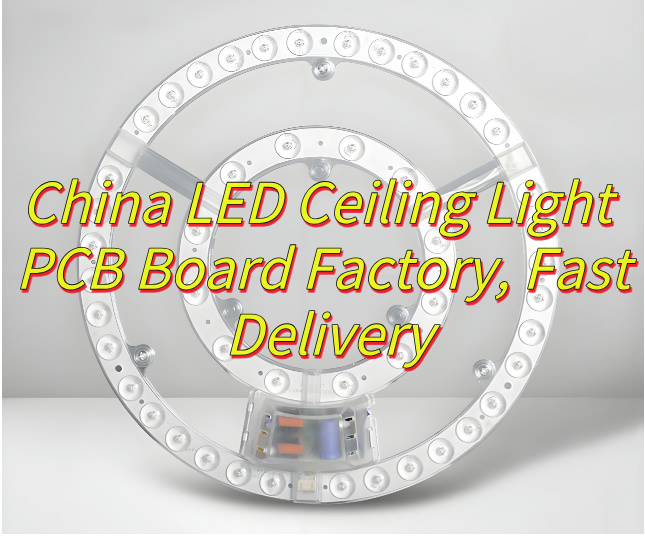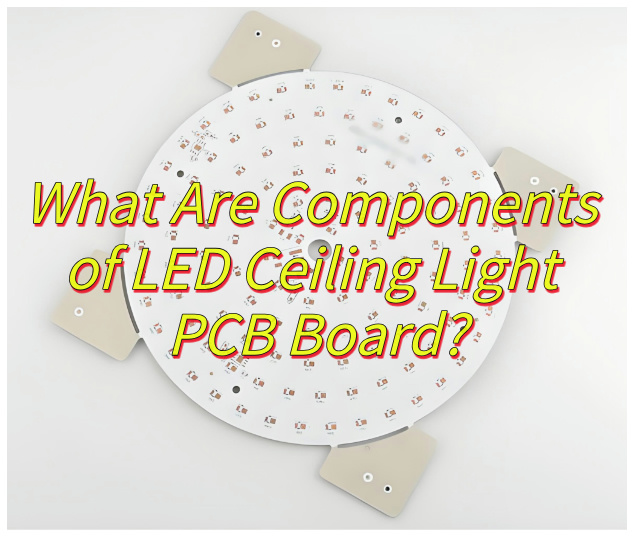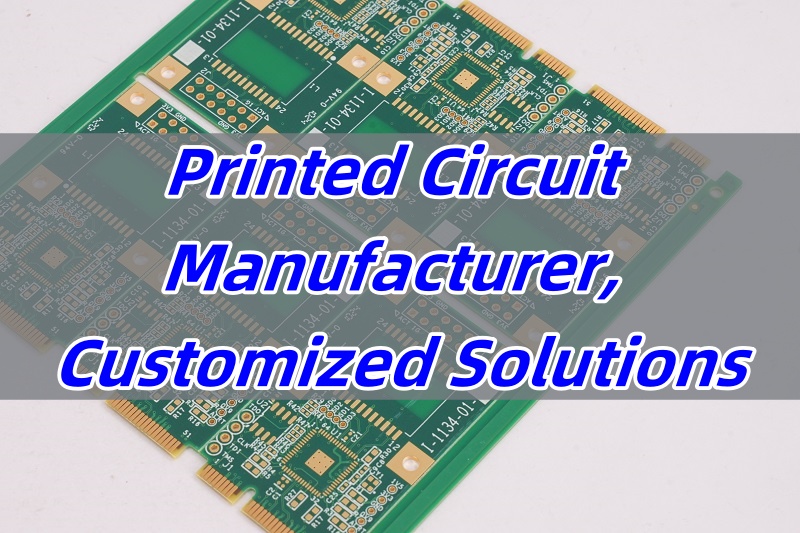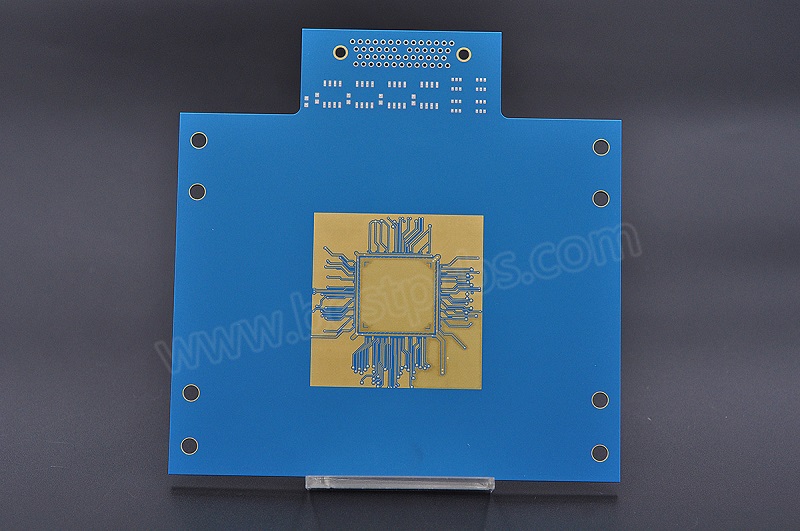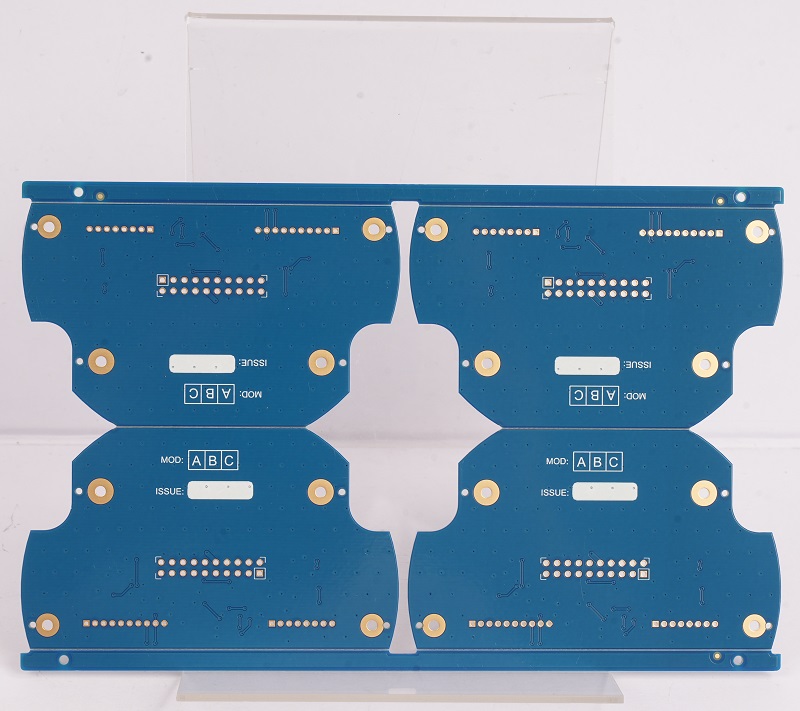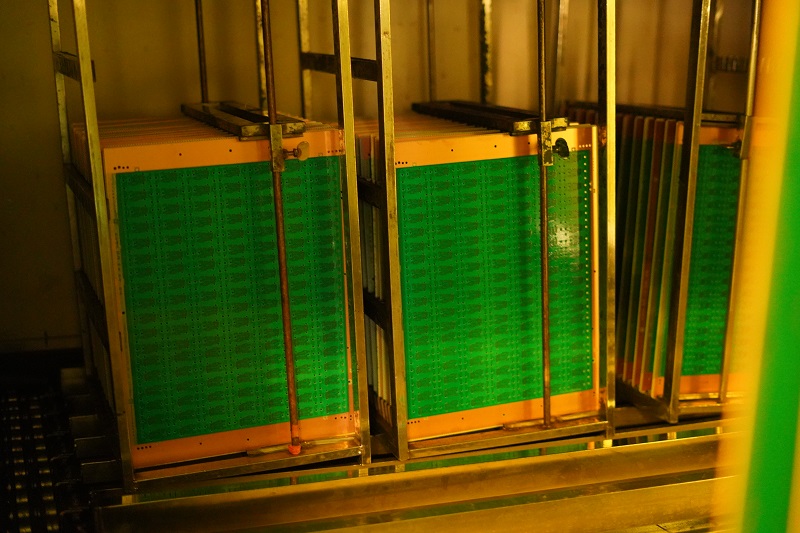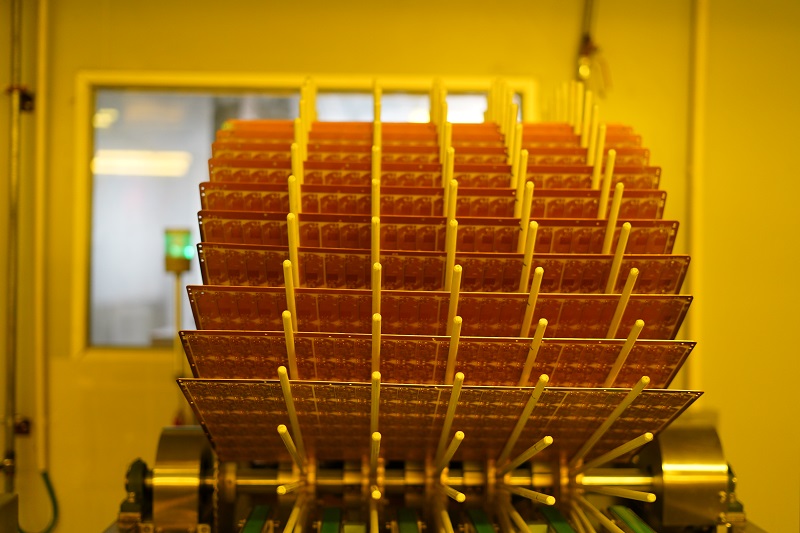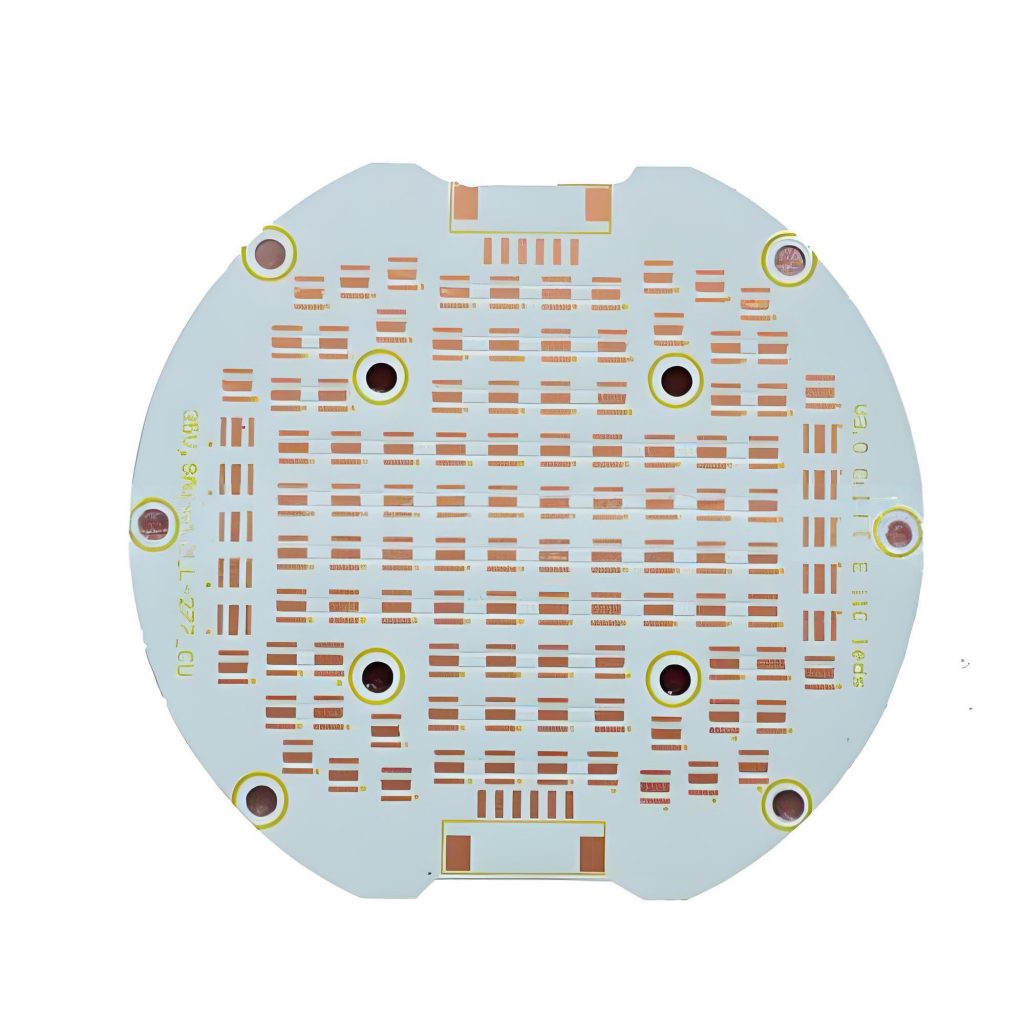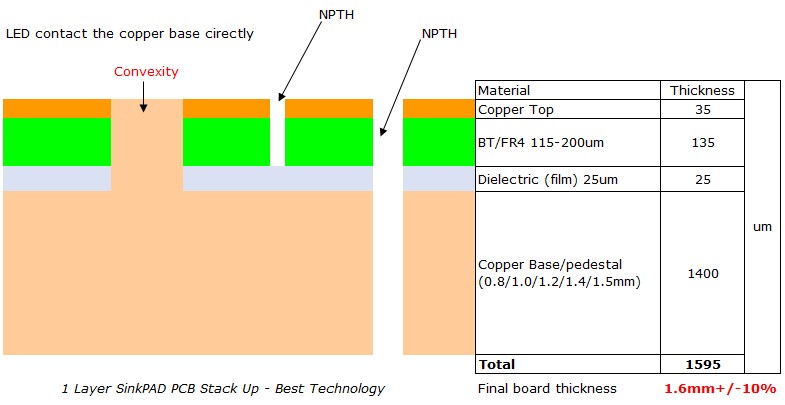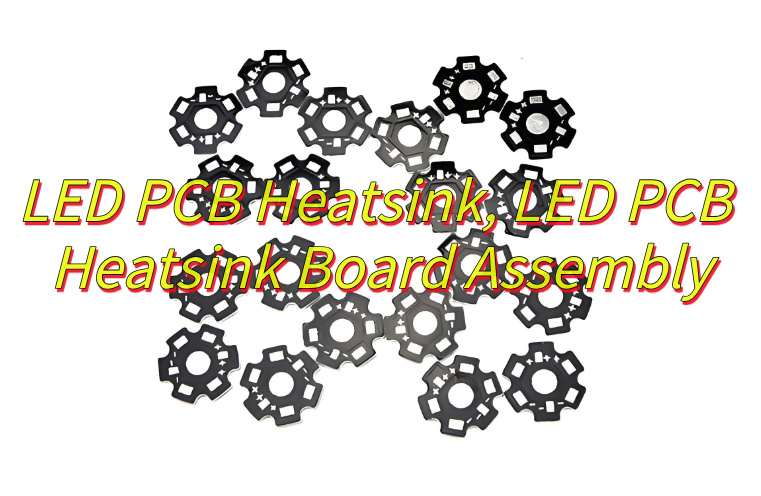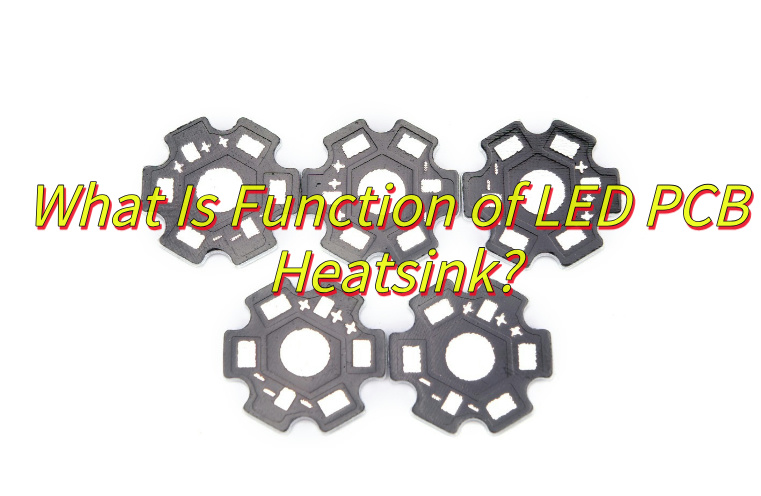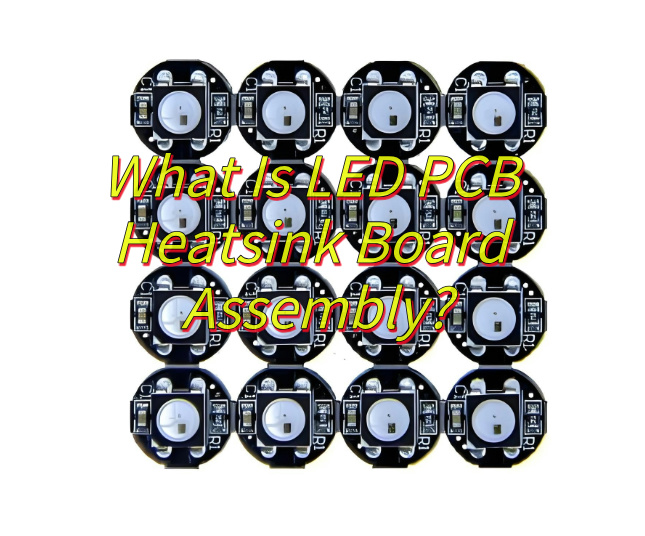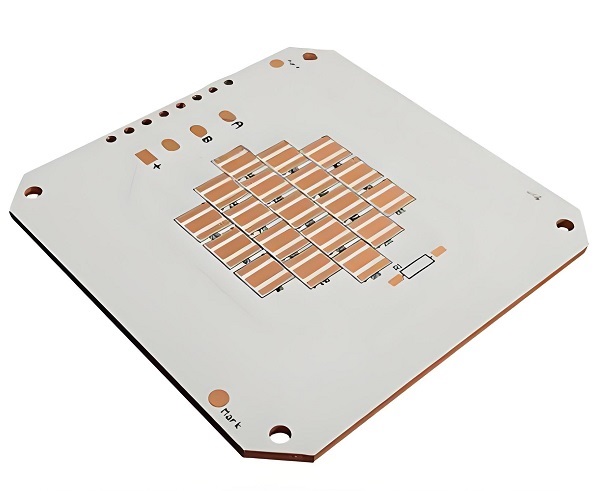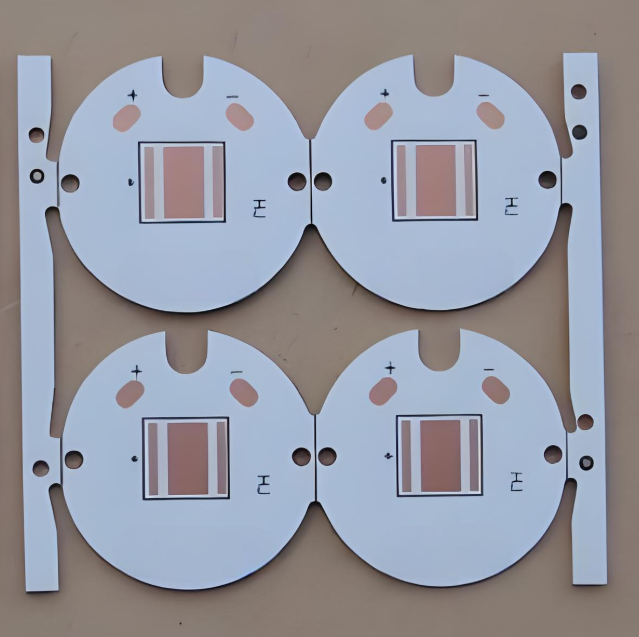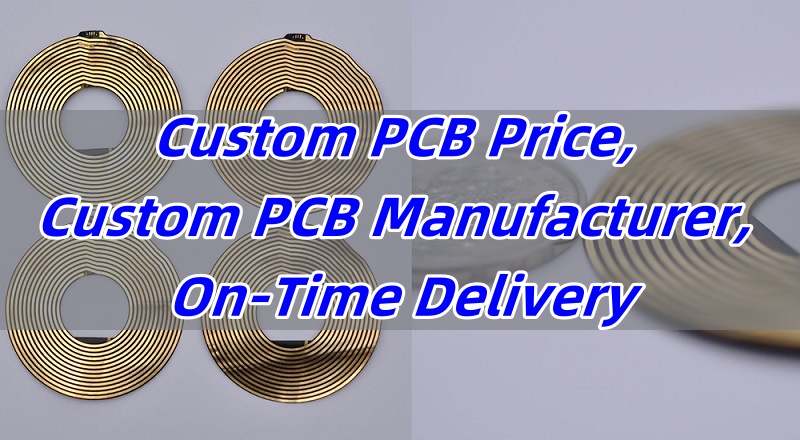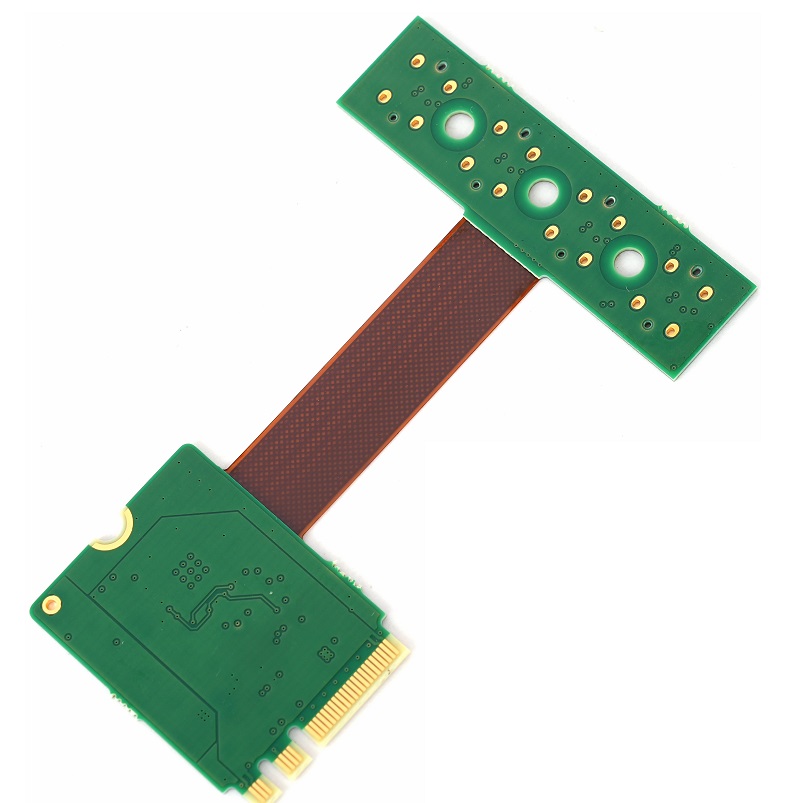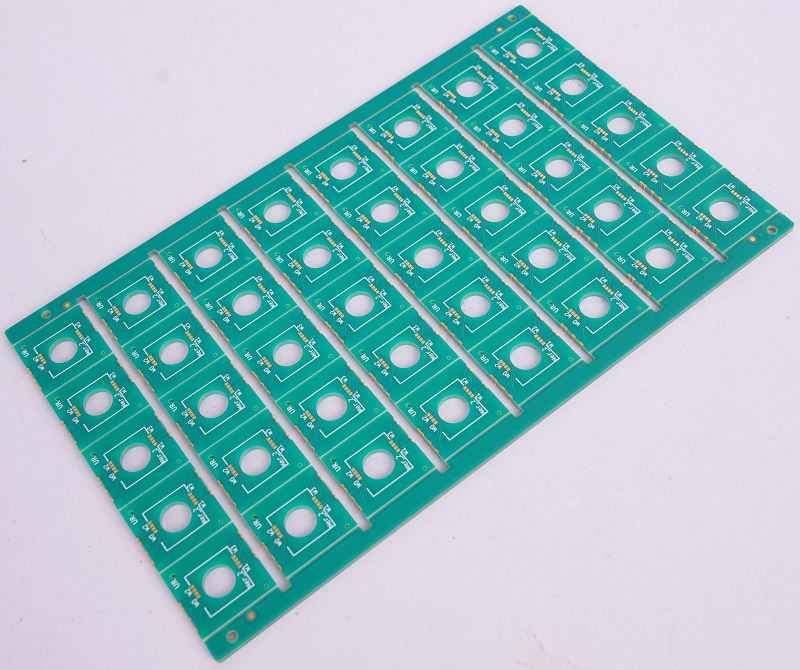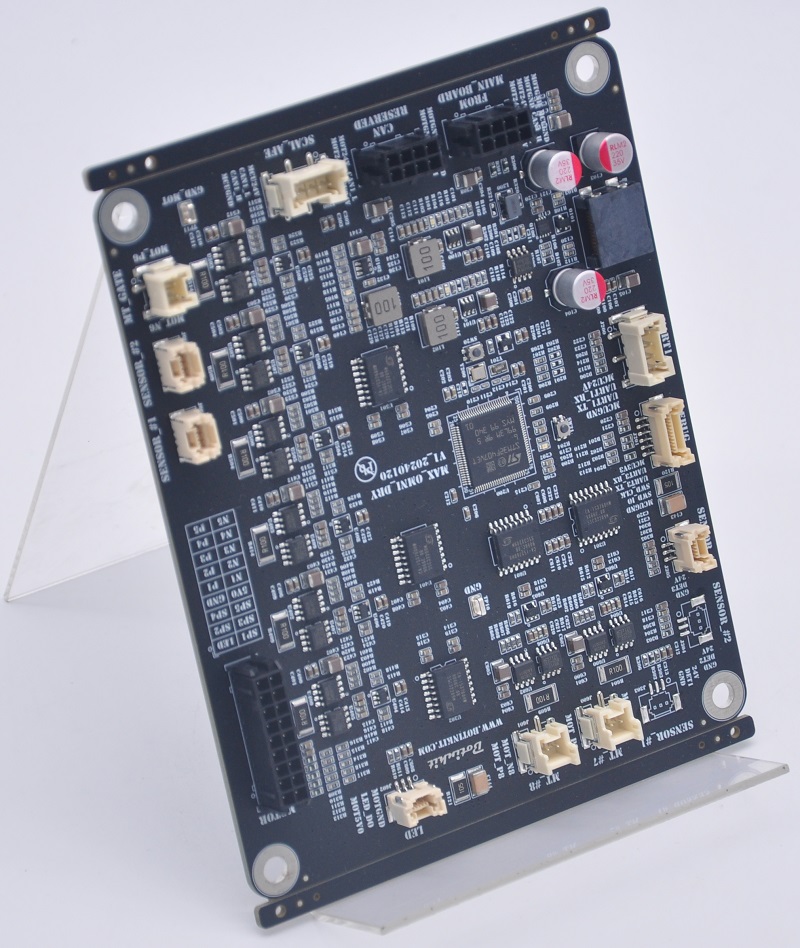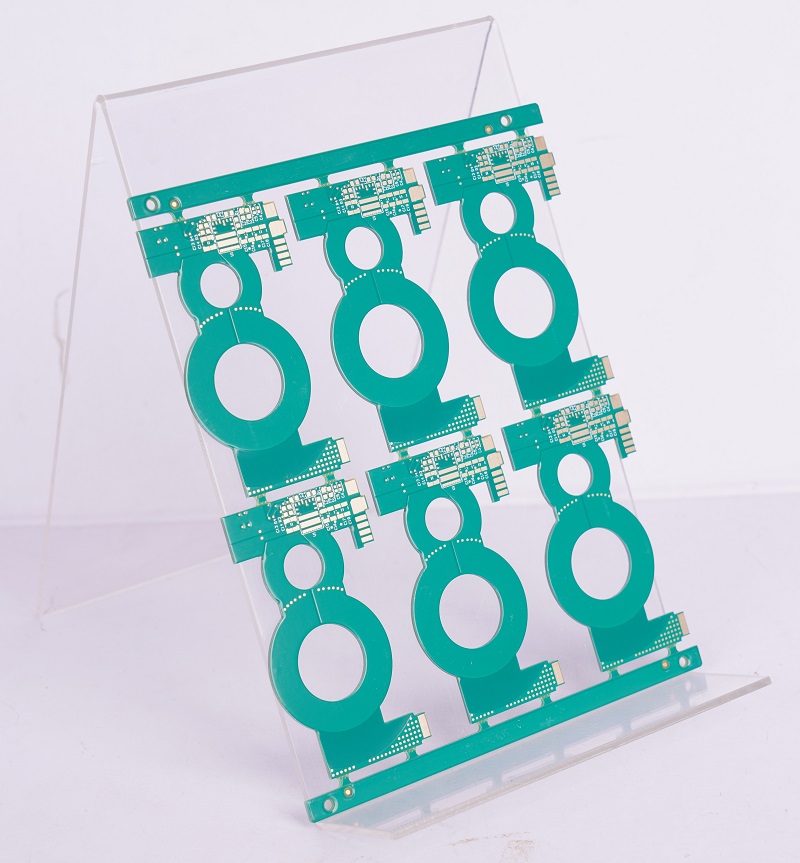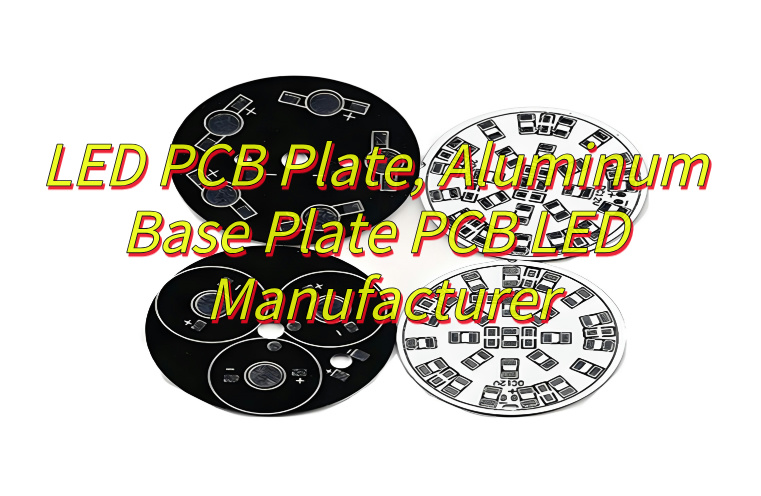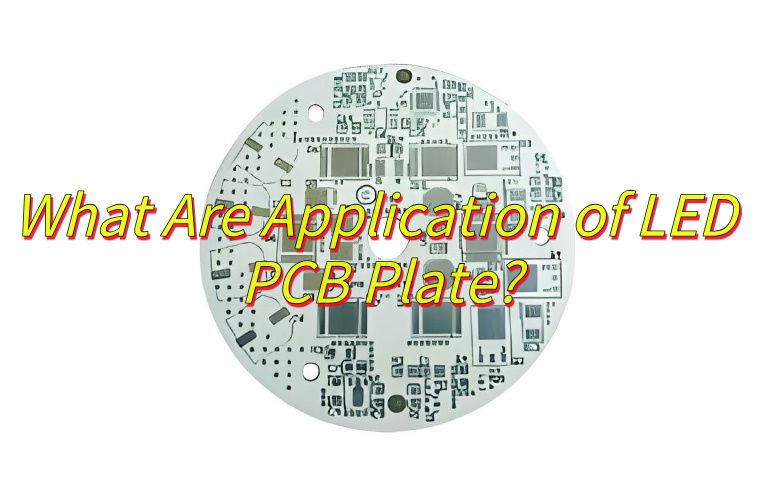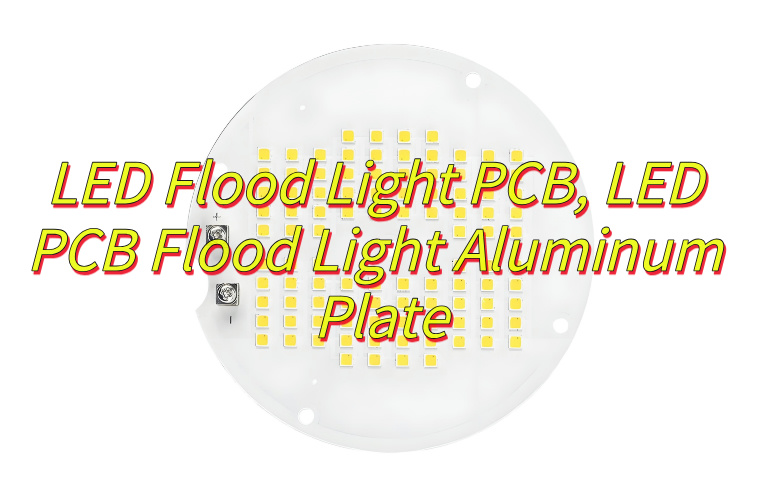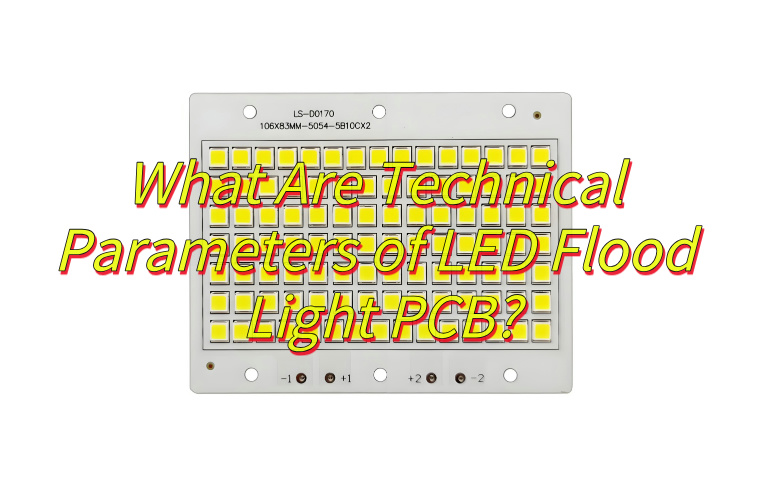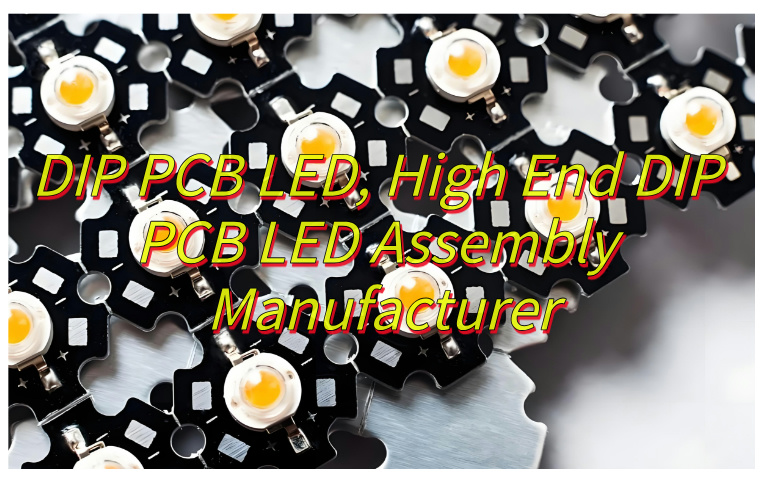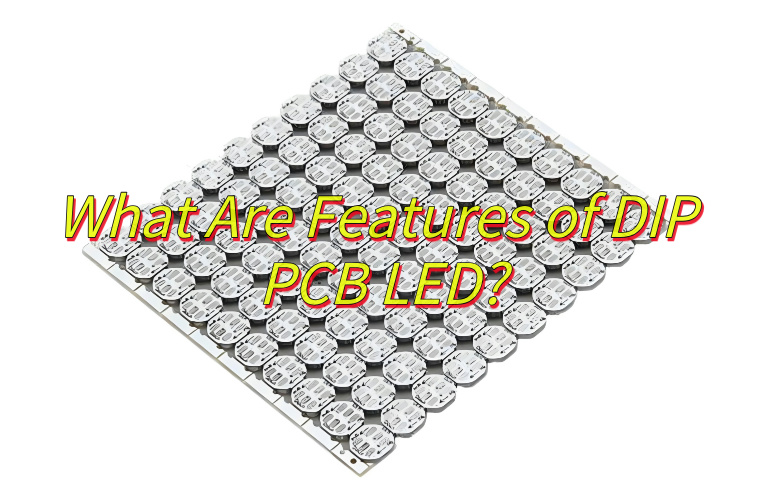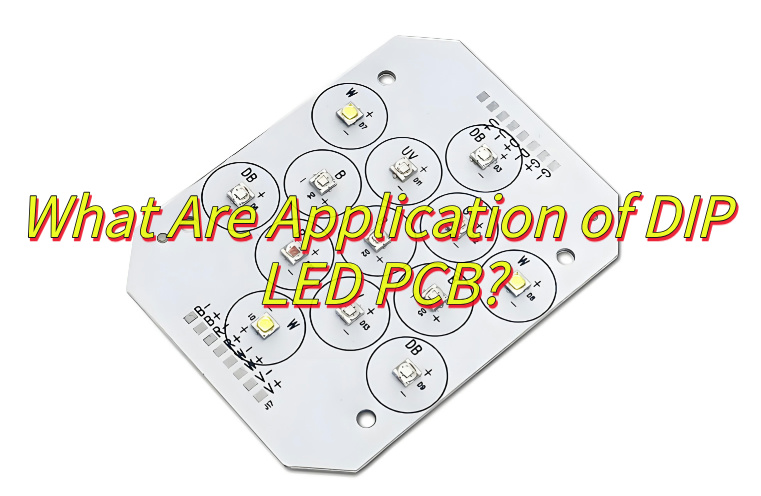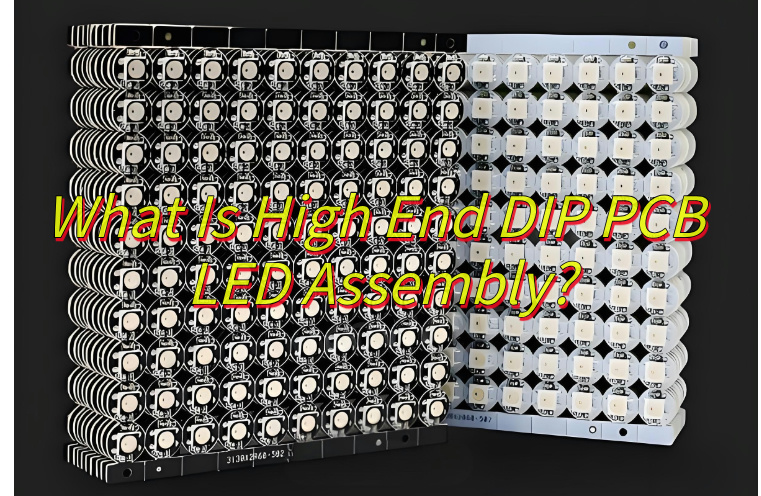A PCB circuit manufacturer is the driving force behind the production of printed circuit boards (PCBs), which are the heart of countless electronic devices. In this blog, we’ll dig deep into various aspects related to PCB circuit manufacturers, from identifying the best ones to understanding how to choose the right partner for your needs.
As an ISO 13485 certified manufacturer, Best Technology offers assorted PCB solutions to the domestic and international markets. Quality is the anchor that Best Technology can build rapport with customers. We pay attention to the production effectiveness and the core benefits of customers. In Best Technology, our engineers excel in DFM analysis, PCB circuit design, component sourcing, production process improvement, technical support, and quality control. If any new demand about FR4, ceramic PCB, MCPCB, or PCB assembly, kindly contact us at sales@bestpcbs.com for support.

What is the best PCB circuit manufacturer?
Determining the best PCB circuit manufacturer depends on several factors. Quality, reliability, and cost effectiveness are key considerations.
- Quality-Focused Manufacturers: Some manufacturers are known for their high-quality standards. They use advanced manufacturing techniques and strict quality control processes. For example, companies that follow ISO 9001 and IPC standards ensure that their PCBs meet international quality benchmarks.
- Innovation-Driven Firms: Others stand out for their innovative approach. They are constantly researching and developing new technologies to improve the performance and functionality of PCBs. These manufacturers are often at the forefront of producing PCBs for emerging industries like artificial intelligence and the Internet of Things (IoT).
- Cost-Efficient Options: There are also manufacturers that offer a good balance between quality and cost. They can provide cost effective solutions without compromising on the basic requirements of the PCBs. This is especially important for small and medium-sized enterprises (SMEs) with budget constraints.
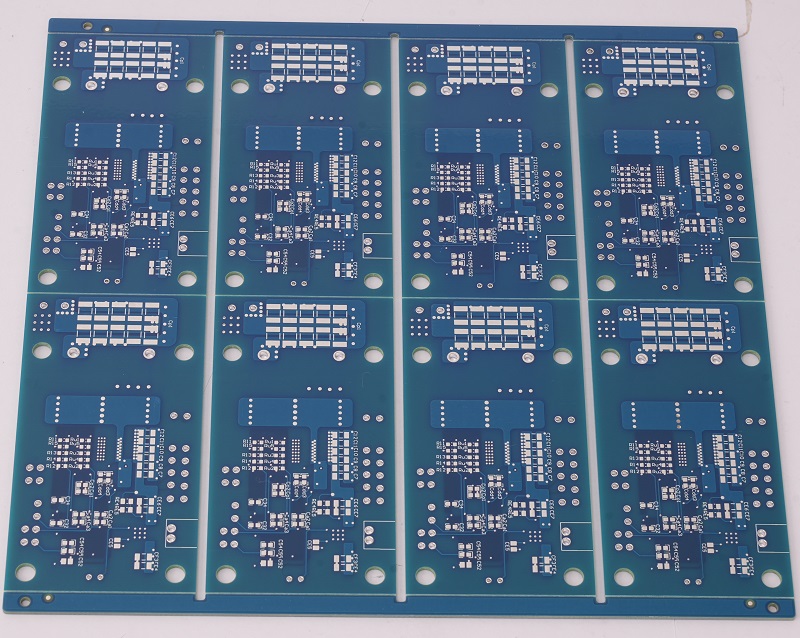
Who manufactures PCB circuit?
Best Technology is an ISO 13485 certified PCB circuit manufacturer. We have advanced production facilities and a global presence. We can handle from low-volume to large-volume orders. The mouthy capability in Best Technology is 260,000 square feet (28,900 square meters).
Apart from the traditional PCBs, we also focus on special PCBs, such as high-frequency PCBs for telecommunications, Â bus bar PCBs for automotive and aerospace applications. Rapid PCB prototyping and high-quality PCB manufacturing are our assets, especially for small-scale projects or when quick turnaround times are needed. We can offer personalized service and faster delivery compared to some larger-scale manufacturers.
Who is the largest PCB circuit manufacturer in the world?
As of recent times, several companies compete for the title of the largest PCB circuit manufacturer.
- TTM Technologies: It is a well-known global player. With manufacturing facilities in multiple countries, TTM Technologies has the capacity to produce a large volume of PCBs. They serve a wide range of industries, including aerospace, defense, and telecommunications.
- Unimicron Technology Corporation: Based in Taiwan, Unimicron is another major manufacturer. They have a significant market share in the global PCB industry and are known for their advanced manufacturing capabilities and high-quality products.
- Zhen Ding Technology Holding Limited: This Chinese company has grown rapidly in recent years. It has large scale production facilities and a strong R & D team, enabling it to produce a vast number of PCBs for various applications.
Top PCB circuit manufacturers in USA
The United States has some top notch PCB circuit manufacturers.
- Sanmina Corporation: Sanmina offers a comprehensive range of PCB manufacturing services. They have state-of-the-art facilities and a team of experienced engineers. Their products are used in industries such as medical, industrial, and telecommunications.
- Advanced Circuits: Known for its quick-turn PCB services, Advanced Circuits is a popular choice among customers who need fast prototyping. They have a user-friendly online platform that allows customers to easily place orders and track the progress of their PCBs.
- TTM Technologies (USA Operations): In addition to its global presence, TTM’s US operations are significant. They can produce high-complexity PCBs with high precision, making them suitable for high-end applications like military and aerospace.
How do I find the manufacturer of a PCB circuit?
Finding the right PCB circuit manufacturer can be a crucial step. Here are some ways to do it:
- Online Search: Use search engines to look for PCB circuit manufacturers. You can filter your search by location, type of PCBs they produce, and customer reviews. Many manufacturers also have their own websites where you can learn more about their services and products.
- Industry Directories: There are industry specific directories that list PCB circuit manufacturers. These directories often provide detailed information about the companies, including their capabilities, certifications, and contact details.
- Referrals: Ask for recommendations from colleagues, business partners, or other professionals in the electronics industry. Word-of-mouth referrals can be a great way to find reliable manufacturers.
- Trade Shows: Attend electronics trade shows and exhibitions. This is a great opportunity to meet manufacturers in person, see their products, and discuss your requirements directly with them.
How to choose a PCB circuit manufacturer?
Choosing the right PCB circuit manufacturer is essential for the success of your project. Here are some factors to consider:
- Quality Standards: Look for manufacturers that follow strict quality control processes. Check if they have relevant certifications such as ISO 9001 and IPC standards. A manufacturer with high-quality standards is more likely to produce reliable PCBs.
- Technical Capabilities: Consider the manufacturer’s technical capabilities. Can they produce the type of PCBs you need, such as multi-layer PCBs or high-frequency PCBs? Do they have the necessary equipment and expertise to handle your project?
- Cost: Cost is an important factor, but it shouldn’t be the only one. Compare the prices of different manufacturers, but also consider the quality and service they offer. Sometimes, paying a little more for a higher-quality PCB can save you money in the long run.
- Turnaround Time: If you have a tight deadline, choose a manufacturer that can offer a fast turnaround time. Some manufacturers specialize in quick-turn PCBs and can deliver your order in a short period.
- Customer Service: Good customer service is crucial. A manufacturer that is responsive to your inquiries and provides support throughout the manufacturing process can make your experience much smoother.
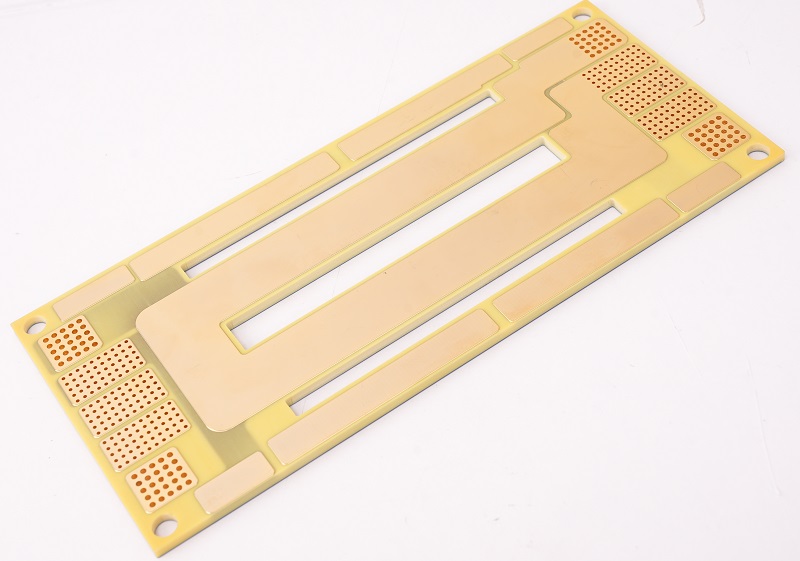
Why should you choose Best Technology as your trusted PCB circuit manufacturer?
Best Technology offers several advantages as a PCB circuit manufacturer.
- Superior Quality: Best Technology adheres to the highest quality standards. Their PCBs undergo rigorous testing at every stage of the manufacturing process. This ensures that the final products are reliable and meet or exceed your expectations.
- Advanced Technology: The company invests in the latest manufacturing technologies. They use advanced equipment and techniques to produce PCBs with high precision and efficiency. This allows them to handle complex projects and produce innovative PCB designs.
- Customization: Best Technology understands that every customer has unique requirements. They offer customized PCB solutions, from the initial design to the final production. Their experienced engineering team can work closely with you to develop PCBs that are tailored to your specific needs.
- Fast Turnaround: In today’s fast-paced market, time is of the essence. Best Technology has a streamlined production process that enables them to deliver PCBs quickly. Whether you need a prototype or a large scale production order, they can meet your deadlines.
- Excellent Customer Support: Their customer support team is always ready to assist you. They are available to answer your questions, provide technical advice, and ensure that your project runs smoothly from start to finish.
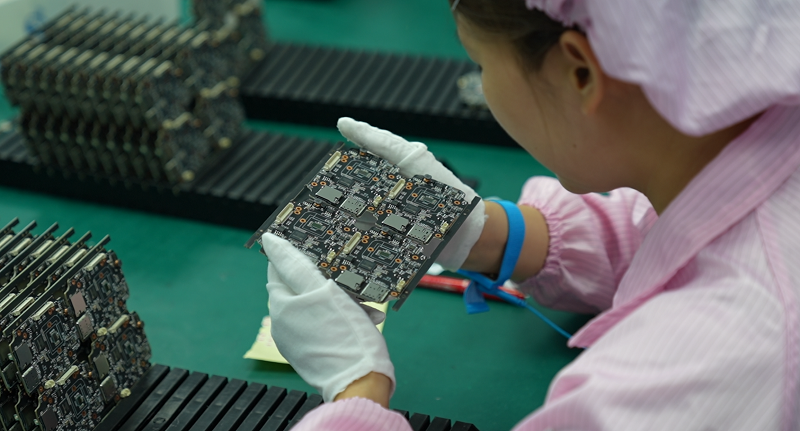
In conclusion, the world of PCB circuit manufacturers is diverse and full of options. By understanding the different aspects of choosing a manufacturer, from identifying the best ones to evaluating their capabilities, you can make an informed decision. And if you’re looking for a reliable partner, Best Technology offers a combination of quality, technology, and excellent service that makes it a top choice. Kindly contact us at sales@bestpcbs.com for the PCB circuit technical support.



